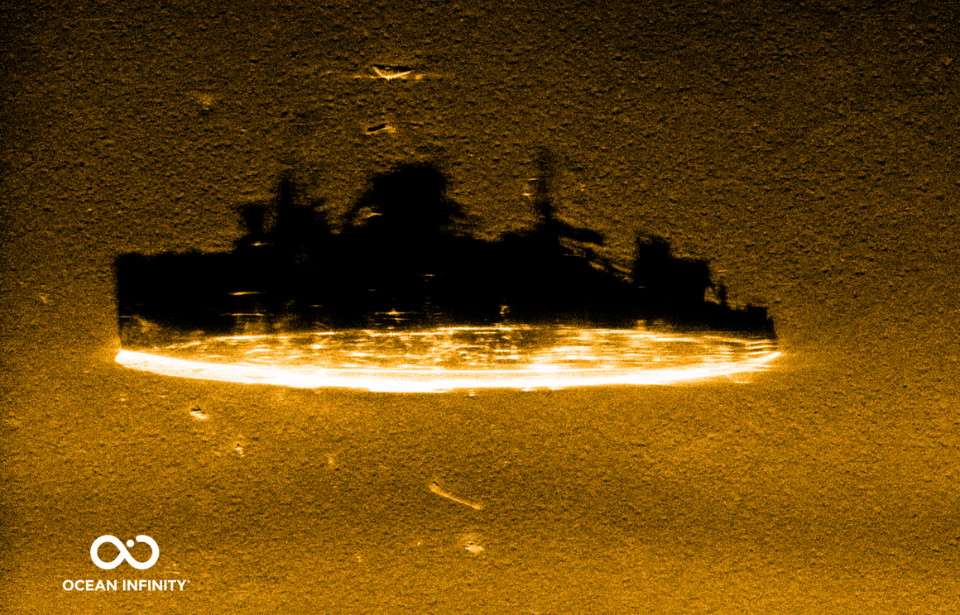Over 78 years after she was sunk by the US Navy off the coast of San Francisco, California, the wreck of the USS Stewart (DD-224) has been located. Nicknamed the “Ghost Ship of the Pacific,” she was an anomaly of the Second World War, serving first with the American forces, then with the Japanese, before being abandoned and returning to service under the United States.
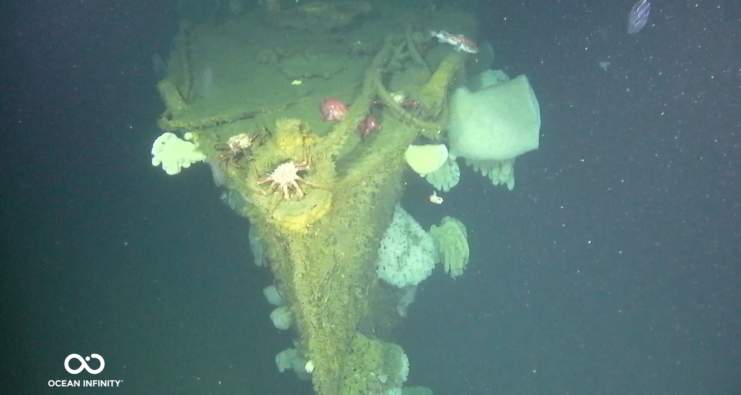
The announcement of the USS Stewart‘s discovery was made on October 1, 2024. The shipwreck was located within the Cordell Bank National Marine Sanctuary, near where historical accounts placed the vessel in her final moments.
The expedition to locate Stewart was a joint effort between Ocean Infinity, SEARCH, the Air/Sea Heritage Foundation, the Naval History and Heritage Command (NHHC), and the National Oceanic and Atmospheric Administration‘s (NOAA) Office of National Maritime Sanctuaries.
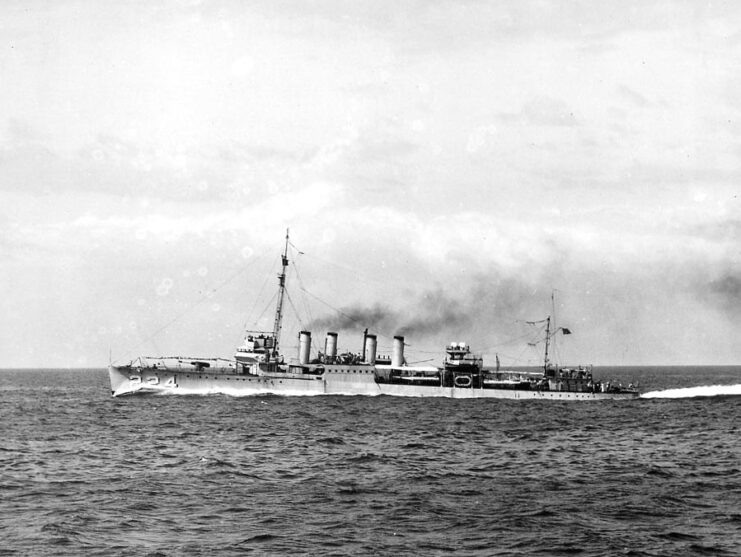
The USS Stewart (DD-224) was a Clemson-class destroyer operated by the US Navy at the outbreak of the Second World War. After becoming damaged during the Battle of Badung Strait in February 1942 and subsequent air strikes, she and the dry-dock where she was subsequently contained were scuttled.
A year later, in February 1943, Stewart was raised from the waters off Surabaya, Java, by the Japanese forces. She was repaired and commissioned into the Imperial Japanese Navy (IJN) as Patrol Boat No. 102. Operating as part of the Southwest Area Fleet, the destroyer, armed with a pair of three-inch guns, was charged with escort duty.
It was during this time that Allied pilots nicknamed her the “Ghost Ship of the Pacific.”
On April 28, 1945, while operating near Mokpo, Korea, the vessel was bombed by the American forces, leading to her transfer to the Kure Navy District. That August, she was found laid up in Hiro Bay, near Kure, by the Americans, who recommissioned the destroyer and returned her to the United States.
Back under US Navy control, Stewart was towed off the coast of San Francisco and used as a target ship by Grumman F6F Hellcats. She was subsequently sunk on May 24, 1946, by the USS PC-799.
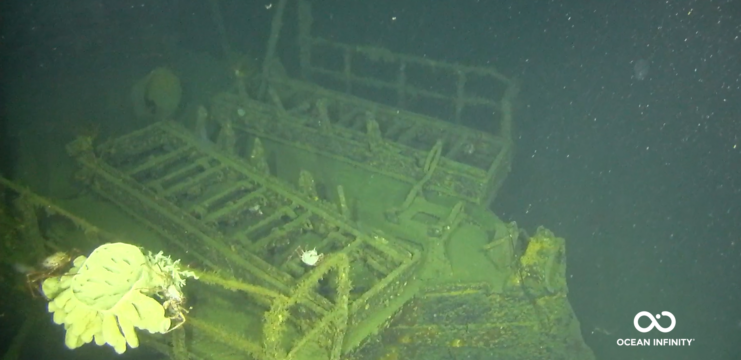
The team responsible for locating the USS Stewart‘s wreck launched their expedition on August 1, 2024. Three HUGIN 6000 autonomous underwater vehicles (AUVs) operated beneath the water’s surface for 24 hours and conducted “an extensive and methodical scan of the seafloor” that produced an image of the sunken ship.
Preliminary scans of the area show the destroyer is still largely intact, with her hull resting “nearly upright on the seafloor.” After the initial examination of the area, an additional high-resolution survey was conducted, followed by the deployment of a camera-equipped remote-operated vehicle (ROV).
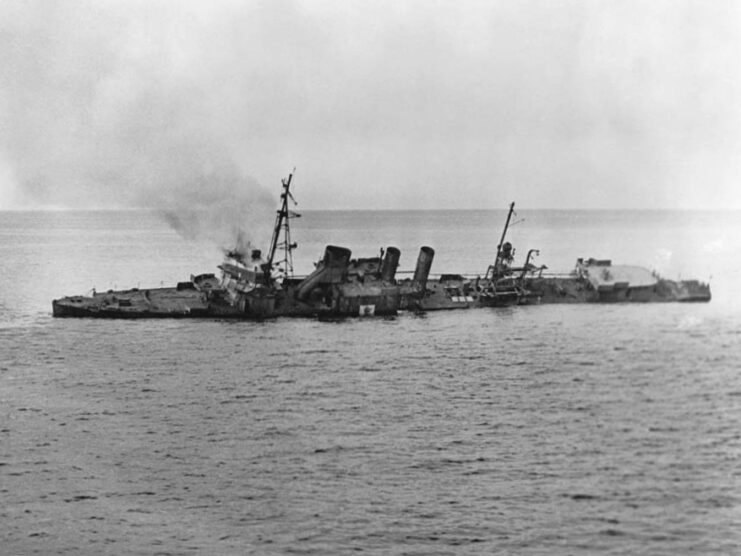
Speaking in a press release, Dr. James Delgado, the senior vice president of SEARCH and NOAA’s former director of maritime heritage, said, “The USS Stewart represents a unique opportunity to study a well-preserved example of early twentieth-century destroyer design. Its story, from US Navy service to Japanese capture and back again, makes it a powerful symbol of the Pacific War’s complexity.”
Samuel J. Cox, a retired rear admiral with the US Navy and the director of NHHC, added, “The US Navy greatly appreciates the professionalism of the team that located the wreck of the USS Stewart. Whether lost in battle or sunk as a target, a warship remains sovereign property in perpetuity. It is important to know the location and condition of such wrecks so that they may be protected from unauthorized disturbance under the US Sunken Military Craft Act.”
The US Sunken Military Craft Act, enacted in 2004, makes it a crime for any wreck owned by the US government or within US waters to be disturbed without authorization.
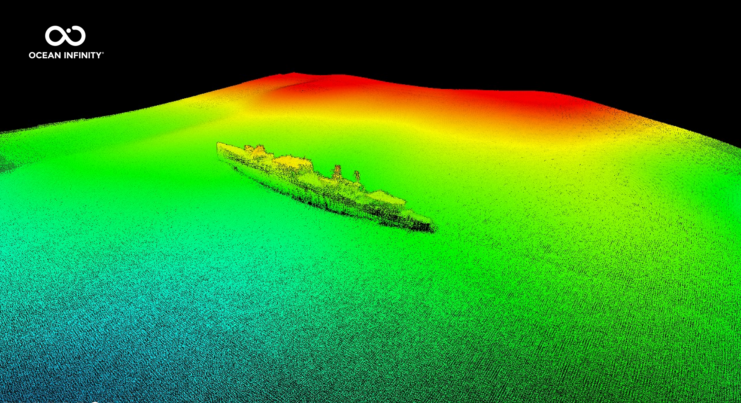
More from us: Masamitsu Yoshioka, Last Surviving Pearl Harbor Bombardier, Dead at 106
Are you a fan of all things ships and submarines? If so, subscribe to our Daily Warships newsletter!
According to the team’s statement, the data collected will be provided to both NOAA and NHHC “to support future environmental assessments” and “site management.”
